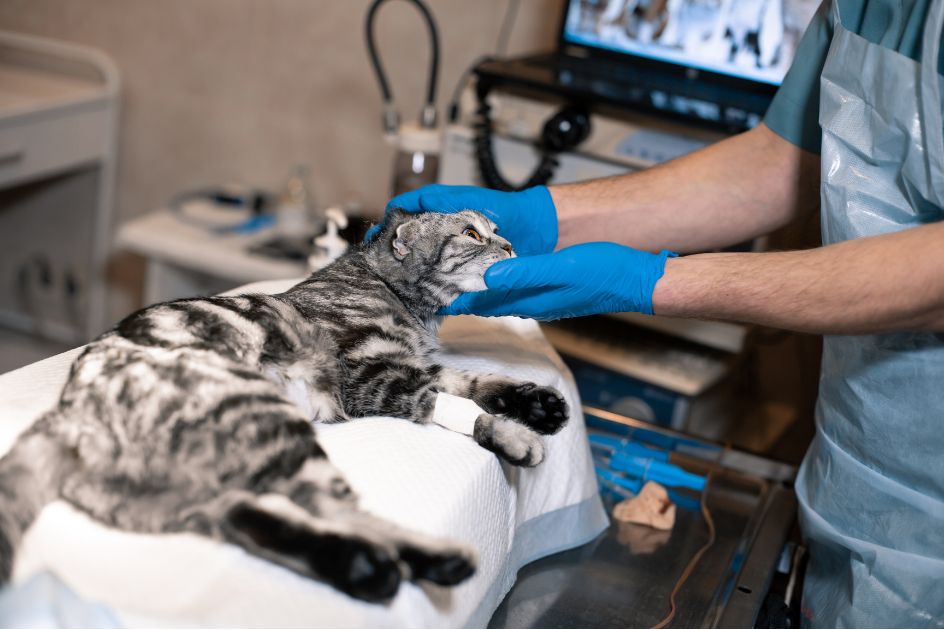If you’re like most pet parents, the question of whether or not to spay or neuter your furry baby is one that’s been weighing on your mind. There are a lot of factors to consider when making this decision, but luckily, we’re here to help. In this post, we’ll break down the pros and cons of both spaying and neutering so you can make the best choice for the health of your pet. So, read on for all the info you need before making your final decision!

Spaying: The Pros
There are a number of advantages to spaying your female pet. Perhaps the most obvious is that it prevents unwanted pregnancies. Every year, millions of animals are euthanized in shelters because there simply aren’t enough homes for them all – so by spaying your pets, you’re helping to reduce that number. Spaying also eliminates the risk of uterine cancer and greatly reduces the chances of mammary cancer, a major health benefit. And, because spayed animals don’t experience heat cycles, they’re less likely to roam – which means they’re less likely to get lost, have problems, or get into fights with other animals or pets. It’s generally recommended to early spay your pet but as always consult with your veterinarian.
Spaying: The Cons
While there are a number of advantages to spaying your female pet, there are also a few potential drawbacks to consider. For one thing, spaying is a surgical procedure – so there’s always a small risk associated with any surgery. Additionally, because spaying removes the ovaries and uterus, it can sometimes cause your pet to have weight problems which can lead to joint disorders or joint problems – so it’s important to be mindful of your pets food intake and exercise level if you do choose to go this route.

Neutering: The Pros
Much like spaying, to neuter your dog or male pet has a number of benefits. For one thing, it prevents unwanted pregnancies (just like spaying does for females). Additionally, neutering your male pets eliminates the risk of testicular cancer and greatly reduces the chances of prostate problems later in life, a major health benefit. Neutered pets are also less likely to mark their territory by urine spraying – so if you’ve been dealing with that issue, neutering may be the solution. And finally, because neutered animals don’t experience testosterone surges, they’re generally less aggressive than their unneutered counterparts – which can mean fewer fights and a reduced risk of injury (for them and for other animals).
Neutering: The Cons
As with spaying, there are also a few potential drawbacks associated to neuter your pet. For one thing, neutering is a surgical procedure – so there’s always a small risk associated with any surgery. Additionally, some research suggests that neutering may increase the risk of certain types of cancer later in life – though more research is needed in this area before any definitive conclusions can be made.

Of course, these are just some of the pros and cons associated with spaying and neutering your pet – and ultimately, the decision of whether or not to do so is up to you. We hope this information has been helpful as you weigh your options!
Making the decision of whether or not to spay or neuter your pet is a big one—but luckily, we’re here to help! In this post, we’ve broken down some of the key pros and cons associated with both procedures so you can make an informed decision about what’s best for your furry friend. Ultimately, only you can decide what’s best for your pet—but we hope this information has been helpful as you weigh your options!

Leave a Reply